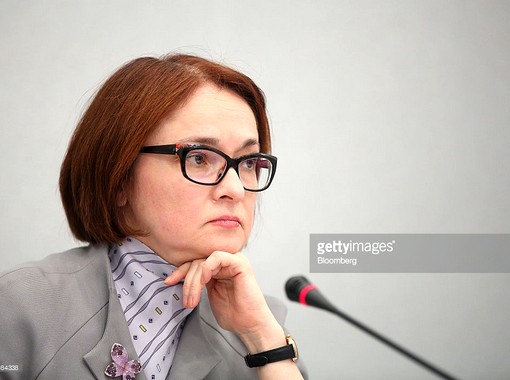
On December 16, 2016, the board of directors of the Bank of Russia decided to keep the key financing rate at 10 percent per annum, the Central Bank of Russia announced.
The annual inflation continues to decline in line with the Bank of Russia’s baseline forecast. However, this is partly due to temporary factors. According to estimates, as of December 12, 2016, the annual price growth fell to 5.6 percent from 6.1 percent in October. Price growth has slowed down noticeably in all key groups of goods and services, and monthly seasonally-adjusted inflation indicators have declined as well. The rouble’s exchange rate dynamics continue to be conducive to the deceleration of inflation, as oil prices have been higher than expected and Russian financial assets remain attractive to external investors. A good harvest facilitates a reduction in food inflation. At the same time, a more confident drop in non-food price growth is necessary for a sustainable reduction of inflation, the regulatory bank pointed out.
Households prefer sticking to a savings behavior model. However, the disinflationary impact of domestic demand is subsiding gradually. The annual growth in real wages may facilitate a gradual recovery in the demand for goods and services. Consumer lending dynamics do not entail material inflation risks so far. Moderately tight monetary conditions need to be maintained in order to encourage households to save and set the trend towards sustainable inflation reduction under the impact of demand-side constraints. This will enable a further decline in inflation expectations of both households and businesses. According to a forecast from the Bank of Russia, inflation will slow down to the four percent target figure in late 2017.
Moderately tight monetary conditions are still conducive to the reduction of inflation. Positive interest rates will be kept at the level that will ensure the demand for loans without an intensification of inflationary pressures and preserve the incentive for savings. The potential of interest rate reduction is limited in the near future.
The economy is progressing towards recovery in line with the Bank of Russia’s baseline forecast. The estimates show that quarter-on-quarter GDP was no longer in decline in the third quarter of 2016 and that industrial production expanded in October and November. However, the rebound in economic activity is still very much uneven among the various industries and regions. Import substitution is advancing together with certain non-commodity exports and new lines of industrial growth, including high-tech development. Business activity in the service sector is also on the rise. Positive trends will require time to evolve and take hold.
By the end of 2016, the output of goods and services will decrease by 0.5 to 0.7 percent with a slight growth in quarterly GDP to be seen in the fourth quarter of the year. The Central Bank expects moderate economic growth of less than one percent in 2017 and an increase to 1.5 to two percent from 2018 to 2019. The labor market is adapting to the new economic conditions, and unemployment remains persistently low. The forecast is based on conservative assumptions about sluggish global growth, year-average oil prices of USD40 per barrel for the entire forecast horizon, a moderate capital outflow, and structural constraints in the Russian economy.
The risk that inflation fails to achieve the four-percent target in 2017 have subsided. These risks stem largely from the inertia of inflationary expectations and a decrease in household propensity to save. The price volatility in global commodity and financial markets may also have an adverse impact on exchange rate and inflation expectations. Approving a conservative budget consolidation strategy, including a moderate indexation of wages and pensions in the medium-term, makes fiscal-policy-driven uncertainty and inflation risks subside. At the same time, these risks might increase if government spending rises in the higher oil price scenario.
As the trend towards a sustainable decline in consumer price growth takes root, the Bank of Russia will consider an opportunity for cutting the key rate in the first half of 2017. When making its key rate decisions in the months ahead, the Bank of Russia will assess inflation risks alongside the alignment of inflation dynamics and the economic performance with the baseline forecast, the Central Bank noted.
The board of directors of the Bank of Russia will hold its next key rate review meeting on February 3, 2017.


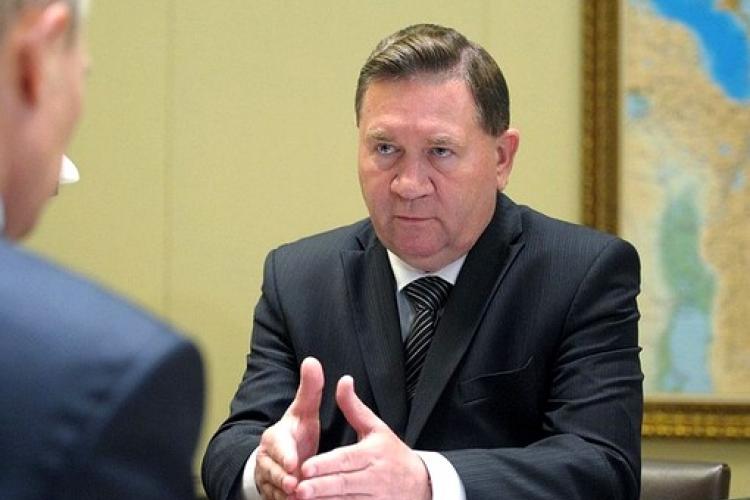
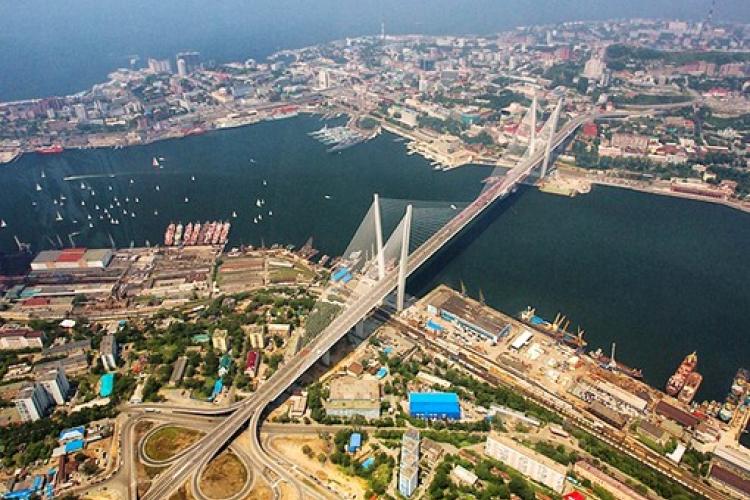

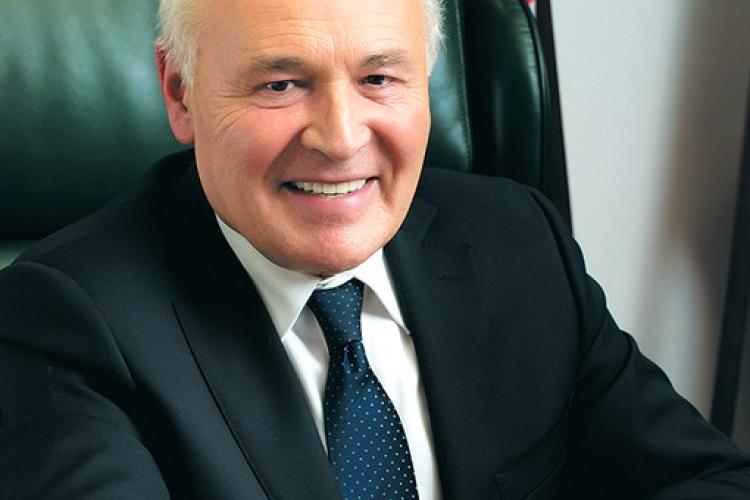
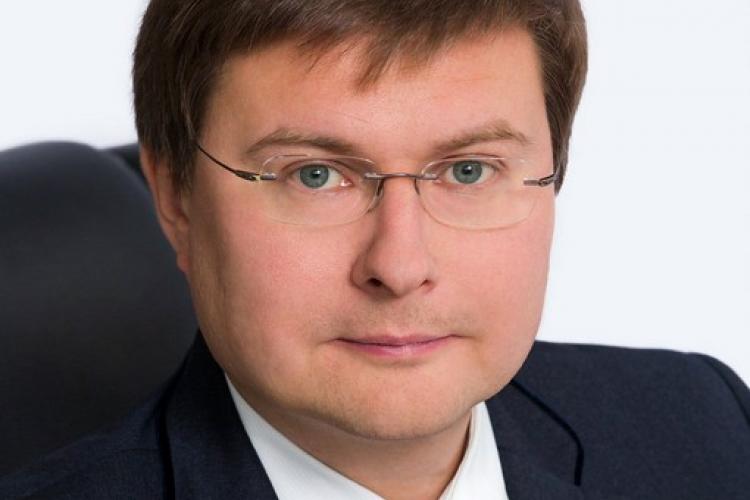


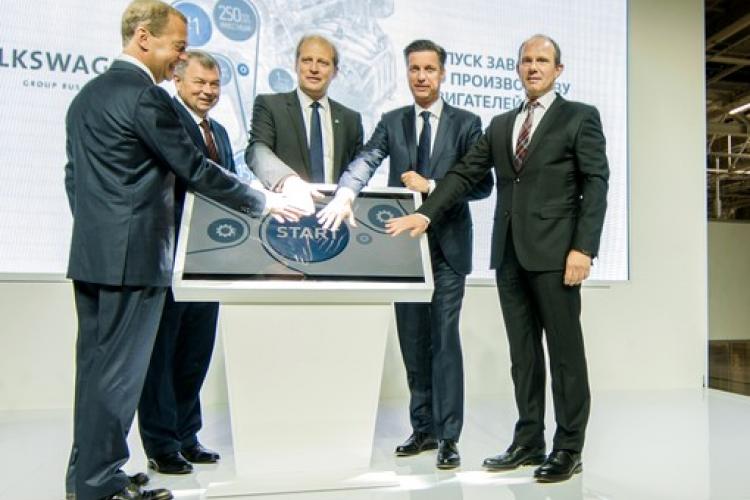
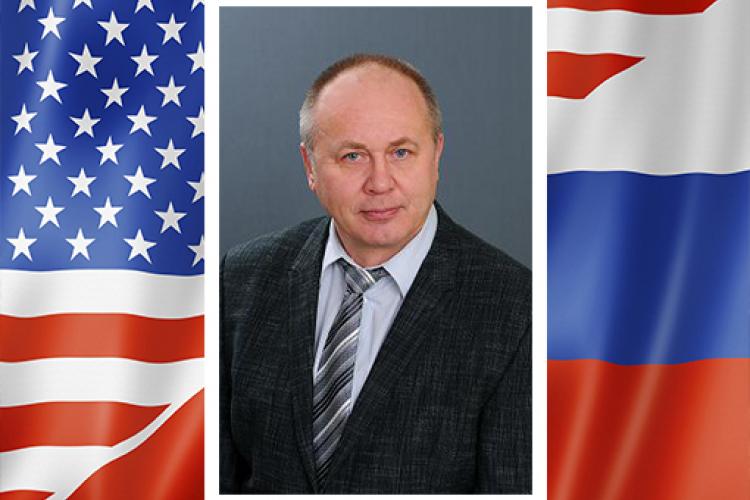

Leave a comment